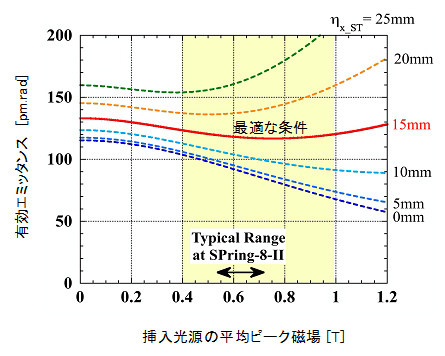2022-04-21 ジョージア工科大学
これは、『ネイチャー』誌の4月20日号に掲載された研究結果の一つである。マントルプルームと呼ばれる加熱された岩石の流れは、おそらく地殻構造プレートの滑りやすい基盤を作る役割を果たしているのだろう。この研究では、プルームが、硬い地球の外殻の底部にある薄い溝のネットワークに、長寿命で水に富むメルトを配置している可能性を示唆している。このメルトは、構造プレートの底面の粘性を低下させることによって、プレートの滑走を助けると思われる。
<関連情報>
- https://research.gatech.edu/plumes-hot-material-near-earths-core-grease-way-moving-slabs-earth
- https://www.nature.com/articles/s41586-022-04483-w
岩石圏-アセノスフェア境界における含水メルトのプルーム起源の解明 A plume origin for hydrous melt at the lithosphere–asthenosphere boundary
Daniel Blatter,Samer Naif,Kerry Key &Anandaroop Ray
Nature Published: 20 April 2022
DOI:https://doi.org/10.1038/s41586-022-04483-w

Abstract
Plate tectonics requires a low-viscosity layer beneath the lithosphere–asthenosphere boundary (LAB), yet the origin of this ductile transition remains debated1,2. Explanations include the weakening effects of increasing temperature3,4, mineral hydration5 or partial melt6. Electrical resistivity is sensitive to all three effects7, including melt volatile content8, but previous LAB constraints from magnetotelluric soundings did not simultaneously consider the thermodynamic stability of the inferred amount of melt and the effect of uncertainty in the estimated resistivity8,9,10,11,12,13,14. Here we couple an experimentally constrained parameterization of mantle melting in the presence of volatiles15,16 with Bayesian resistivity inversion17 and apply this to magnetotelluric data sensitive to a LAB channel beneath the Cocos Plate9. Paradoxically, we find that the conductive channel requires either anomalously large melt fractions with moderate volatile contents or moderate melt fractions with anomalously large volatile contents, depending on the assumed mantle temperature. Large melt fractions are unlikely to be mechanically stable and conflict with melt-migration models18. As large volatile contents require a highly enriched mantle source inconsistent with mid-ocean-ridge estimates19, our results indicate that a mantle plume emplaced volatile-rich melts in the LAB channel. This requires the presence of a previously undetected nearby plume or the influence of the distant Galápagos hotspot. Plumes that feed thin, hydrous melt channels9,14,20 may be an unrecognized source of LAB anomalies globally.



